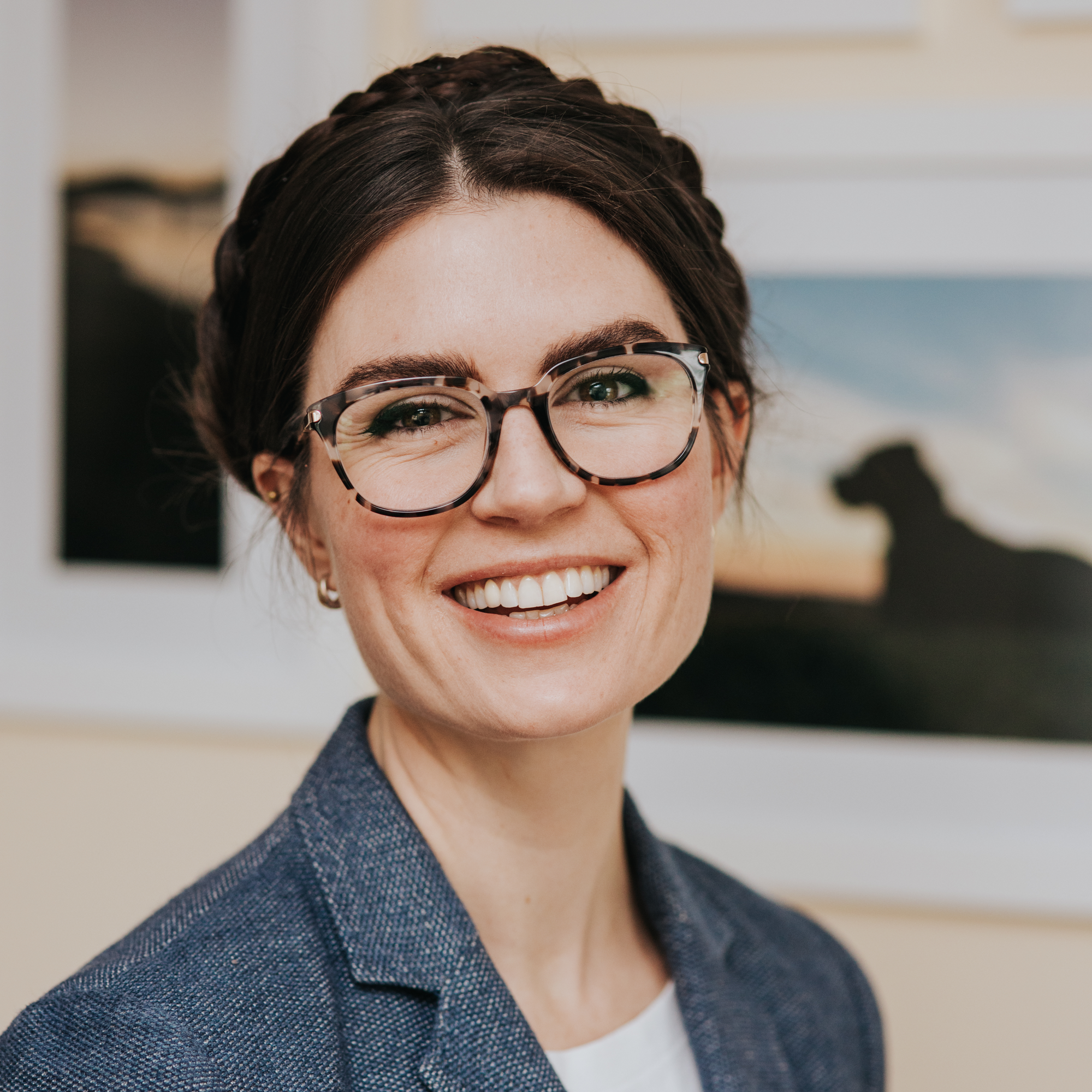- November 19, 2019
- Equity
This post is part of the Innovating for Equity series.
In California, there are over 7 million individuals who go to work each day, follow the rules, and earn a paycheck, yet don’t have access to an employer-sponsored retirement savings plan. And without that access, they are in danger of retiring without enough money to live on — if they can afford to retire at all. In the final installment of our Innovating for Equity series, we’re looking at how the State of California decided to bridge this access gap, and remove barriers to saving, by instituting CalSavers, an innovative nudging program that works with small businesses to offer savings plans for employees.
It has been a long journey, as the program idea was first proposed by then-Assemblymember Kevin de León in 2008. In 2010 de León became a state senator, and continued advocating for a retirement savings program to benefit workers that are not offered 401(k)s. However, there were several significant questions that needed to be addressed before any legislation could pass, including how the program could run without any cost to taxpayers. In 2012, state legislators established a governing board to conduct a feasibility study and work on program design. Over the next two years the board raised philanthropic funds for the study, to ensure that the cost wouldn’t be placed on Californians.
There is longstanding data that documents the many working adults without nest eggs. However, the California feasibility study quantified that it is an access gap that actively hinders those individuals from saving; it isn’t personal irresponsibility that stops lower income and part-time workers from saving, but rather a system that denies them access. Most of the workers who lack access to a workplace plan are employed by small businesses. According to survey research, many of these small businesses cite fees, administrative burden, and fiduciary liability as barriers to offering a plan. And with tighter profit margins available to the industry for serving relatively low balance accounts of lower income workers, an access gap has emerged in the private market.
There is also considerable evidence that minorities suffer from financial discrimination and are disproportionately without savings accounts, and the feasibility study found that two thirds of the 7.5 million eligible Californians are people of color. The study established that the program could be “financially viable and self-sustaining” by charging the savers a small fee, so that the program was not a cost to taxpayers. It also found decreased likelihood that savers would roll-over or cash out their plans, because CalSavers accounts aren’t tied to specific employers.

By the end of 2016, having identified these barriers and solutions, the state decided to move forward. Jerry Brown, governor at the time, signed legislation that required California employers with five or more employees to facilitate the CalSavers program if they don’t offer an employer-sponsored retirement plan by the three staggered deadlines rolling out through 2022. In 2017 Katie Selenski was appointed by the State Treasurer as the Executive Director of the California Secure Choice Retirement Savings Investment Board, the governing body that oversees CalSavers.
Selenski’s background is in retirement policy, with an increasing focus on behavioral economics. She was previously the policy director of the Pew Charitable Trusts’ Public Sector Retirement Systems project, and understands the barriers to saving that exist for many Americans. Job insecurity, the shift away from defined benefit pension plans without sufficient advancements in defined contribution schemes, and limited financial literacy prevent individuals from accruing adequate savings. Minorities are the most at risk; Selenski confirmed that “people of color are disproportionately affected by lack of access to a workplace retirement savings vehicle.” With her experience, and education in behavioral science techniques, she was a clear choice to build and steer a nudge-based retirement policy.
As CalSavers is a public-private partnership; Selenski and her staff are housed at the State Treasurer’s Office and worked with competitively selected financial services firms to build the program and manage the investments. However, Selenski doesn’t see CalSavers as competing with the industry; rather, the state’s innovative work could inspire industry to reexamine the savings potential of low income workers and find new ways to serve small businesses with employer sponsored plans. She says the government is seeing a need and taking the first steps “to really serve this underserved market in a serious, big, bold way.”
CalSavers initially began in late 2018 with a pilot, which ran until July 2019. According to the pilot data, 64 employers registered for the program and there were 1,644 funded accounts. During the pilot, $308,826 were saved as total assets; in just six months, the pilot proved that individuals will save if provided the vehicle.
CalSavers fully launched July 1, 2019, and employers can join by simply registering for the program online and uploading their roster of eligible employees. There are no fees for employers, many of whom are small business owners. During the initial CalSavers pilot Selenski’s team traveled the state to hear from employers. The majority of the feedback was very positive, and they were able to make any small tweaks necessary to improve the process.
One of the earliest adopters among employers was Christin Evans, owner of The Booksmith independent bookstore in San Francisco. “What I love about CalSavers is that it is very low impact for me as an employer, but the potential impact for my employees is huge” Evans said, “This tries to address a culture of saving. I have employees who are quite excited about this possibility.” Enrolling potential savers relies on employer participation, so the outreach and customer service is focused on securing the initial employer engagement. There are staggered deadlines, but by June 30, 2022, all eligible employers must be signed up with CalSavers, or offer a different workplace retirement plan.
Once an eligible employee is uploaded through the online portal by their employer, they are automatically enrolled in the default savings plan unless they opt out or change their settings within the first 30 days. This is the most important aspect of CalSavers: employees have to opt out, rather than opt in. This nudge is crucial, as studies show that people are 15 times more likely to save if they can do it through an automatic payroll deduction. Of course, any employee can choose to opt out, but about 70 percent of eligible Savers remain in the program, as expected from the feasibility study predictions and consistent with similar programs. The default contribution rate is 5 percent, with automatic yearly escalation until contributions reach eight percent. The average contribution rate is currently 5.02 percent, which confirmed that the 5 percent default is generally acceptable to savers and that most people tend to stick with default settings. However, the state is sensitive to the cash flow challenges experienced by many low income earners, so savers can contribute as little as 1 percent of their paycheck. If an eligible employee chooses to opt out, they will be nudged two years later; although CalSavers is too nascent for data on this second enrollment, Selenski is eager to see those results.

According to the latest data provided from Selenski, there are more than 400 employers and nearly 3,000 funded employee accounts. About 32 percent of eligible employees have opted out, which is in line with the predictions from the feasibility study. Selenski said, “we’re satisfied with that level of participation so far given that it means that more than two-thirds of workers, many of whom are low income, are choosing to save their own money even without a matching contribution from the government or their employer. That’s pretty good.” The average employee contribution is about $100 per month, which amounts to $1,044,079 total assets under management.
As Selenski explained, the program is proving that people from all socio-economic classes--including the janitors, food service workers, architects, truck drivers, and scientists currently in the program--will save if there’s an easy automatic way to do it via their paycheck. However, CalSavers doesn’t just nudge people toward savings with the auto-enrollment in a Roth IRA. It also carefully considers and addresses the other barriers that prevent people from establishing savings accounts. For example, employee participants in CalSavers don’t need to have bank accounts; since the program relies on payroll deductions, it’s open to unbanked individuals who earn a paycheck. There is no requirement that Savers have financial expertise; the default setting puts the first $1,000 in a money market fund, and everything after that is in a targeted date account — no need to make a plan selection. More engaged savers can choose from the simple investment menu of five options.
Cultural competency is important as well. Recognizing the diversity of California, the state does more than just translate materials. Selenski explained that the content of the messaging must be culturally relevant; for example, many immigrant communities in the state have strong traditions of retirement saving, but some do so outside of the financial services world. This causes them to miss out on the benefits and compounding interest available with formal retirement plans. So in addition to being informed about the importance of saving in general, CalSavers provides information about interest and investments. CalSavers also reaches out to the community through trusted leaders and influencers, with regional working groups comprised of local nonprofit and business leaders.
There are big plans for the future of CalSavers. In the coming years, Selenski and the governing board will study the latest industry innovations for the decummulation phase and options for how savers may draw down their savings once they’re retired. Additionally, CalSavers was just opened up to gig workers, who can elect to independently join the program and contribute to their retirement plans. However, since they elect to sign up individually, there is no nudging for this group. Another future improvement is closer coordination with payroll companies. CalSavers and its program administrator are preparing to launch an open API those companies can use, and the state is continuing to explore ways to create an even smoother process for employers.
This program gives workers a path to retire with dignity, regardless of their race or income level. And through the feasibility study, CalSavers helped dispel several negative stereotypes; it’s not that the savers demographic couldn’t save or didn’t know how, but rather that they weren’t given the chance. Thanks to CalSavers, the state is giving not just a chance but a nudge, and helping millions of Californians have the secure retirements they need.


 Stephen Goldsmith is the Derek Bok Professor of the Practice of Urban Policy at the Harvard Kennedy School and the
Stephen Goldsmith is the Derek Bok Professor of the Practice of Urban Policy at the Harvard Kennedy School and the 


